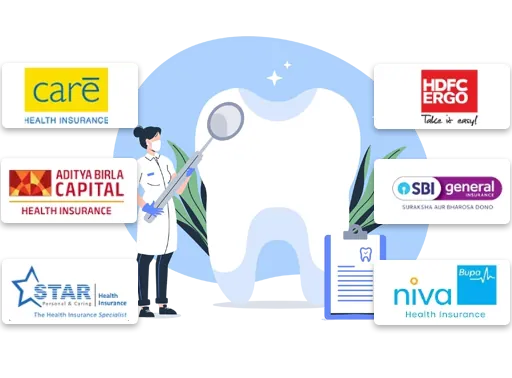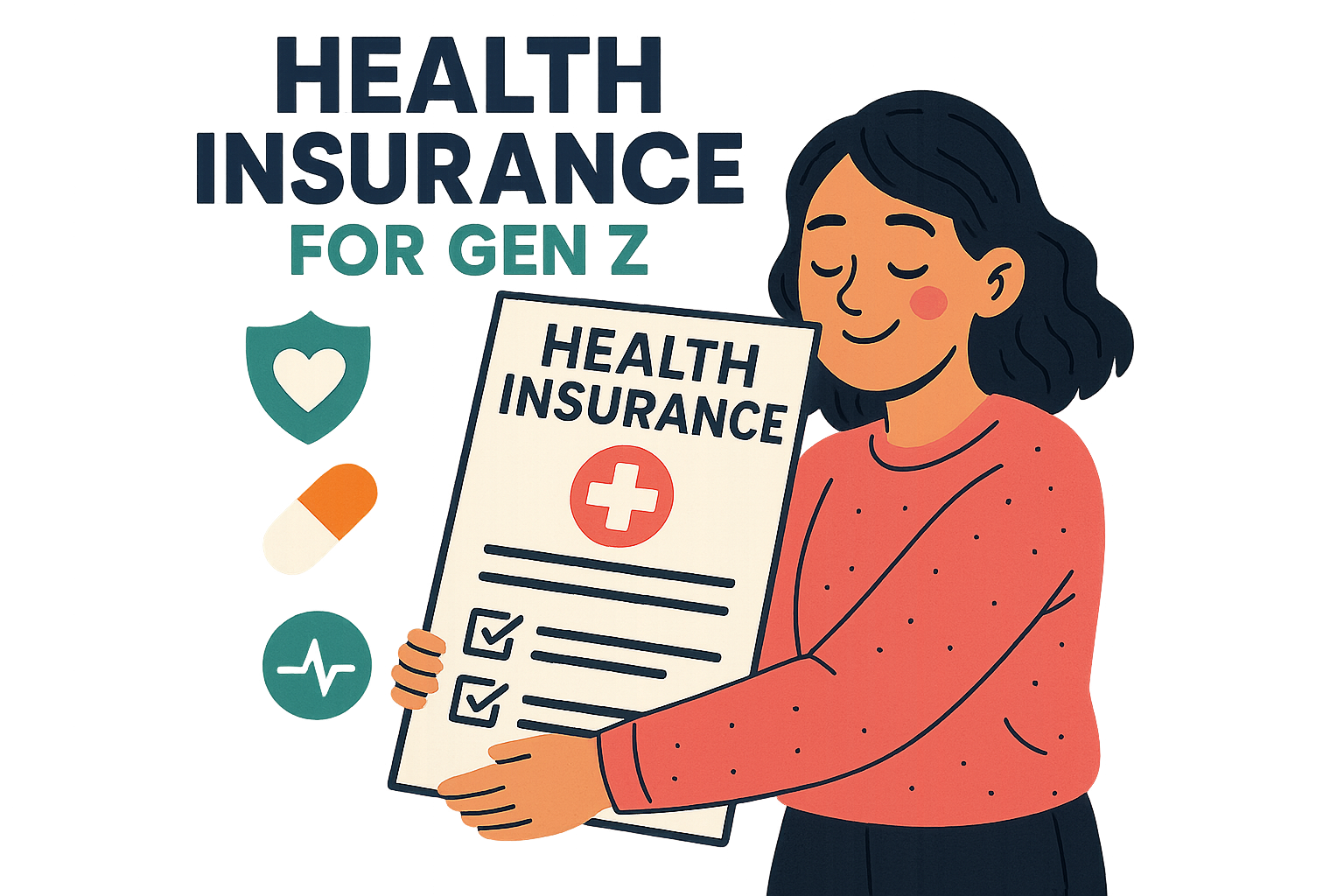National Health Insurance Schemes




Simran is an insurance expert with more than 4 years of experience in the industry. An expert with previous experience in BFSI, Ed-tech, and insurance, she proactively helps her readers stay on par with all the latest Insurance industry developments.
Reviewed By:

Anchita has over 6 years of experience in content marketing, insurance, and healthcare sectors. Her motto to make health and term insurance simple for our readers has proven to make insurance lingos simple and easy to understand by our readers.
Updated on Jul 09, 2025 3 min read
Best National Health Insurance Schemes in India 2025
National Health Insurance Schemes are the health insurance policies that are designed by the Indian government to cater to the enhancement of healthcare services to its citizens.
The Government of India with the help of the Ministry of Health & Family Welfare and the National Knowledge Commission has set up the National Health Portal to offer valid and right information regarding healthcare to its citizens. Multiple health insurance schemes are there to serve the various needs of the different sections of Indian society.
Let us learn more about National Health Insurance Schemes in detail.
Rashtriya Swasthiya Bima Yojana (RSBY)
Rashtriya Swasthiya Bima Yojana (RSBY) is launched by the Ministry of Labour and Employment, Government of India to offer health insurance coverage and to provide financial protection against the medical expenses raised due to hospitalization to the Below Poverty Line (BPL) families. Even the beneficiaries under this scheme are given the privilege of hospitalization coverage (up to Rs.30,000) for most of the diseases that require hospitalization.
Key Highlights
- Beneficiary- RSBY provides the freedom to the policyholder to choose between the public and private hospitals. Thus, they become a potential client based on significant revenues that hospitals earn through the scheme.
- Insurers- As the government pays the premium to the insurance companies on behalf of each BPL household registered under RSBY, this provides better enrolment coverage of the potential beneficiaries.
- Hospitals- Both private and public hospitals are offered incentives to provide the treatments to the policyholders, whereas the insurance companies supervise the entire procedure to avoid any fraudulent or unnecessary incident.
- Intermediaries- Intervention of the intermediaries like NGOs and MFIs that are paid, brings assistance to the BPL householders.
- Government- The insured can avail the quality healthcare services only by paying a maximum sum up to Rs.750 per family per year.
- Information Technology (IT) Intensive- Under this scheme, every beneficiary family is provided a biometric smart card, containing their fingerprints and photographs. All the empanelled hospitals are IT-enabled, resulting in the smooth flow of healthcare-related information.
- Safe- The use of the biometric smart card and a key management system makes this scheme safer and seamless.
- Portability- Under this RSBY scheme, if a beneficiary is enrolled in a particular district, (s)he will be able to use his/her smart card in any RSBY authorized network hospital across India, which makes this scheme a unique one and beneficial for the migrants.
- Cashless and Paperless Transactions- The insured can avail of cashless treatment in any network hospital across India, if (s)he is carrying his/her smart card. Claims can be settled and payment can be done, both via online methods.
- Know More About: Rashtriya Swasthya Bima Yojana (RSBY)
Employees’ State Insurance Scheme (ESIS)
Employees’ State Insurance Scheme (ESIS) is a multidimensional social security system of the Government of India, specially designed for the working-class people and their dependents to provide them with socio-economic protection. This scheme not only provides the full medical care to the insured and his/her dependants (from day one of insurable employment) but also the insured can avail of various cash benefits in times of physical distress due to temporary/permanent disablement, sickness, and many more.
Key Highlights
- The act applies to the non-seasonal factories employing 10 or more people.
- The scheme has been extended to hotels, shops, restaurants, cinemas (including preview theatres), road-motor transport undertakings, and newspaper establishments, employing 20 or more people.
- This scheme has been extended to Private Medical and Educational institutions employing 20 or more people in certain states/UTs.
- The ESI Scheme is being implemented area-wise by stages. Already, it has been implemented in all states except Sikkim, Manipur, Arunachal Pradesh, and Mizoram and two Union Territories, namely Delhi and Chandigarh.
Central Government Health Scheme (CGHS)
The Central Government Health Scheme started in New Delhi in 1954, is a comprehensive healthcare scheme that is specially tailored for the Central Government employees and their dependents, who reside in CGHS covered cities. The medical services are offered through Wellness Centers (previously known as CGHS Dispensaries) or polyclinics under Allopathic, Yoga, Ayurveda, Sidha, Unani, and Homeopathic methods of treatment.
The Main Components of This Scheme:
- Dispensary services.
- Domiciliary care.
- F. W. and M. C. H services.
- Specialist consultation facility both at the dispensary, polyclinics, and hospitals.
- Facilities of X-ray, ECG, and laboratory examinations.
- Hospitalization.
- Organization for the purchase, storage, distribution, and supply of medicines and other requirements.
- Health education to the beneficiaries.
Aam Admi Bima Yojana (AABY)
Aam Admi Bima Yojana started on 2nd October 2007, is a scheme for social security for rural landless households that aims to give coverage to the head of the family or one earning member of the family, aged between 18 to 59 years. The premium of Rs.200 per person per annum is shared equally by the State and the Central Government of India.
Key Highlights
- The compensation of Rs.30,000 is provided in the case of natural death.
- Rs.75,000 is compensated in case of accidental death or permanent disability due to an accident (loss of 2 eyes or 2 limbs).
- The compensation of Rs.37,500 is offered in case of partial permanent disability due to an accident (loss of one eye or one limb).
- Aam Admi Bima Yojana Premium Fund, a separate fund has been set up by the Central Government to pay the Government contribution, that is maintained by LIC (Life Insurance Company).
- A free add-on benefit for the scholarship of the children is also available with this scheme.
Janashree Bima Yojana (JBY)
Janashree Bima Yojana (JBY) came into the limelight on 10th August 2000, replacing the Social Security Group Insurance Scheme (SSGIS) and Rural Group Life Insurance Scheme (RGLIS). A total of 45 occupational groups are covered under this scheme.
JBY is designed to provide life insurance protection to the people, aged between 18 to 59 years, who belong from Below Poverty Line (BPL) families or from marginally above poverty line families and are the members of the 45 recognized occupational groups.
Note: Janashree Bima Yojana and Aam Admi Bima Yojana have been merged into one scheme, namely Aam Admi Bima Yojana, and have come into force from 1st January 2013.
Universal Health Insurance Scheme (UHIS)
Four public sector general health insurance companies are managing and implementing this scheme that aims to compensate the poor families for their medical expenses.
The insured, under this scheme, can get the compensation of Rs.30,000 for the hospitalization that is floated among the entire family. Rs.25,000 is reimbursed to the earning head of the family in case of accidental death. Also, compensation of Rs.50 per day (up to 15 days) is provided to the earning head of the family (due to loss of his/her earning).
The premium value varies according to the size (numbers of family members) of the family. The premium rate of this scheme is Rs.200 for an individual, Rs.300 for a family of five, and Rs.400 for a family of seven.
Ayushman Bharat
As recommended by the National Health Policy 2017, Ayushman Bharat, a flagship scheme of the Government of India, was launched to achieve the vision of Universal Health Coverage (UHC). This scheme is designed to meet Sustainable Development Goals (SDGs) and its underlying commitment, which is to "leave no one behind."
It provides need-based, comprehensive healthcare services and consists of two interrelated components - Health and Wellness Centres (HWCs) and Pradhan Mantri Jan Arogya Yojana (PM-JAY).
1 Health and Wellness Centres (HWCs)
The Government of India announced the formation of 1,50,000 Health and Wellness Centres (HWCs) by modifying the existing sub-centers and Primary Health Centres (in February 2018) to provide Comprehensive Primary Health Care (CPHC), bridging healthcare services and the households.
Benefits of HWCs:
- It covers non-communicable diseases and both, maternal and child health services, including free diagnostic services and essential drugs.
- It aims to deliver an expanded range of services to address the primary health care needs, expanding access, universality, and equity.
- It also emphasizes health promotion and prevention.
2 Pradhan Mantri Jan Arogya Yojana (PM-JAY)
Launched in September 2018, Ayushman Bharat PM-JAY (previously known as National Health Protection Scheme) is the largest health assurance scheme in the world that is developed to provide a health cover of Rs. 5 lakhs per family per year for secondary and tertiary care hospitalization to cover 10.74 crore poor families (approximately 50 crore beneficiaries) that form the bottom 40% of the Indian population. PM-JAY is fully funded by the Government and the implementation cost is shared between the Central and State Governments.
Key benefits of PM-JAY:
The scheme covers the following expenses-
- Medical examination, treatment, and consultation.
- Pre-hospitalization.
- Medicine and medical consumables.
- Non-intensive and intensive care services.
- Diagnostic and laboratory investigations.
- Medical implantation services (if necessary).
- Accommodation benefits.
- Food services.
- Complications arising during treatment.
- Post-hospitalization follow-up care for up to 15 days.
The above are the 7 National Health Insurance Schemes that the Indian government has laid out for the betterment of the citizens of our society. The concerned individual can choose the best among them to suit his/her family’s healthcare needs.
Consult for Personalized Insurance Advice

But how does it work?
Schedule a call with India’s number 1 trusted advisor with a 4.5+ rating on Google. We are not your average insurance agents. Our advisors are experts in their insurance knowledge and will give you the right information at the right time. The service is free of cost! Don’t worry, we won’t spam as we value your time.
Health Insurer Network Hospitals
Health Insurance Companies
Know More About Health Insurance Companies
Share your Valuable Feedback
4.4
Rated by 2635 customers
Was the Information Helpful?
Select Your Rating
We would like to hear from you
Let us know about your experience or any feedback that might help us serve you better in future.


Written By: Simran Kaur Vij
Simran is an insurance expert with more than 4 years of experience in the industry. An expert with previous experience in BFSI, Ed-tech, and insurance, she proactively helps her readers stay on par with all the latest Insurance industry developments.





















Do you have any thoughts you’d like to share?